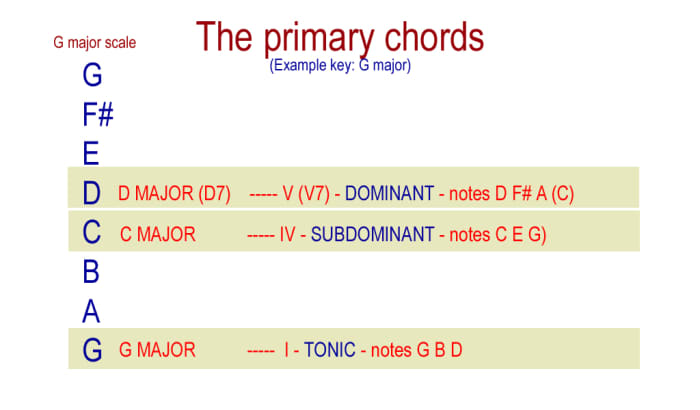

In Pitch Matching, two tones are played, the first one is displayed These single-pitch ear training activities are exercises in hearing relative pitch relations. It can also be used with keyboard input, in which case it's a simple keyboard The program: a correct answer means hitting that same note clearly on the first attempt. This is a good one for singers using a microphone as input to Repeat Pitches is a very basic activity that focuses on simply repeating a pitch that is played by the computer. Intervals, Scales, Melody, Single Chords, and These can be divided into activities dealing with ear training for Single Pitches, Practica Musica contains a large number of activities whose focus is primarily on training the ear. Some of the Activities in Practica Musica blend both theory and ear training and some are specifically one or the other. You can't progress very far even in Theory without having some idea of the related sounds. In order to tell the scale degree of a melodic note (Ear Training) you must know the scales (Theory). In order to identify an interval by ear, for example (Ear Training) you must first know what the intervals are (Theory). Practica Musica is a complete tutor for both Ear Training and Music Theory.Įar training and music theory are sometimes handled by entirely separate programs, but we think that it's not really possible to isolate the one task completely from the other. If you’re not ready for a WhisperRoom™ yet, you can still get your practice on in a variety of different settings."A masterpiece of interactive pedagogy." Check out our 26 different sized practice rooms so you’ll never disturb your neighbors or family. With a WhisperRoom™, you can keep that noise to yourself. Find a place to practiceĪs you learn, practice, and grow as a musician, you’re going to make a lot of noise. In a short amount of time, any musician can learn these skills and unleash their musical talent. Therefore, you must train your ears with practice and repetition to improve your musical ear. The dream of every musician is to learn to express himself or herself in music while jamming with others, improvising and playing by ear. Chord progressions also define certain genres such as blues, jazz, pop music, and every other category of music. A chord change can take the listener in unsettling directions or create a sense of resolutions. Musicians can empower themselves by becoming familiar with common chord changes and their sounds. YourGuitarSage shares some of his training secrets. Having an enhanced sense of pitch can improve your overall musicianship and lets you build a foundation for other musical skills. Sing the note back and try to hit the same pitch as what you played.

Play a note and hear the pitch in your head (this is called auralization).Grab your favorite instrument or find a video on YouTube to sing along with.You don’t need to have an amazing voice or sing in front of others to do this either. Improved ability to blend your singing voice with other singers.Īn easy and effective way to practice pitch ear training is by using your voice.Pitch ear training brings with it a range of benefits:

Before working on advanced music skills such as relative pitch, take time to hone your sense of pitch and learn how low or high a note is when you hear music. To begin, an excellent starting point for music training is developing your ear for pitch. Pitch Ear Training: Train Your Ears to Find the Right Note Practicing different techniques and exercises will help you train your ears for successful and active musical skills.
Chord progression ear practice how to#
However, musicians have to first learn how to focus their efforts and know their current strengths to fully experience music. Anyone can learn to sing in tune, learn to play by ear, and become confident in music.


 0 kommentar(er)
0 kommentar(er)
